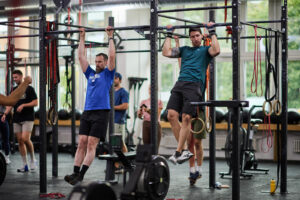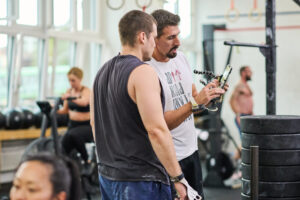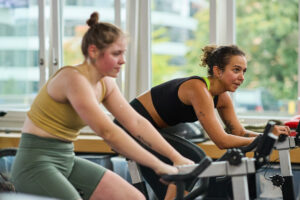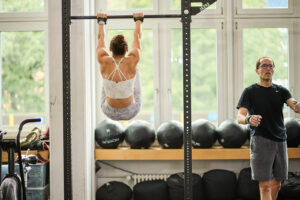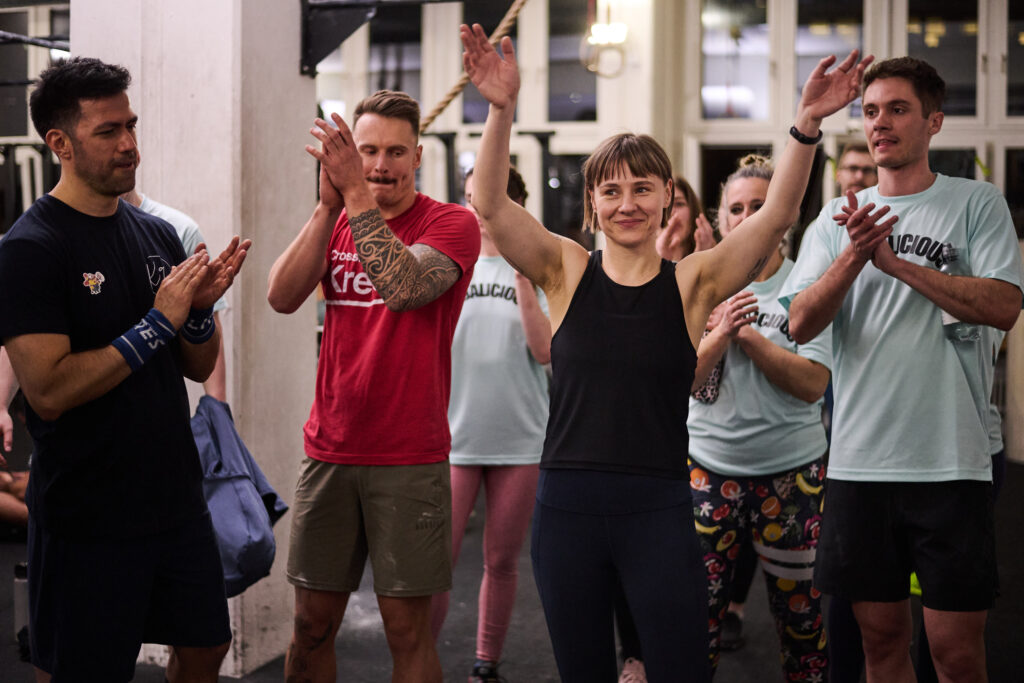
Did you Google “how to get fitter in less time”? You’re in good company. Most people want to be fitter, stronger, and healthier—but they also feel like there just aren’t enough hours in the day. Work, family, kids, life—it’s a lot. So the idea of adding training to an already full schedule can feel overwhelming.
But here’s the truth: you can absolutely get fitter with a surprisingly small time investment. For example, three 45-minute training sessions a week equals 135 minutes. That’s just 1.5% of your total weekly time. One point five. That’s less time than most of us spend on social media, emails, or watching TV. And it’s enough to make a real difference—ifyou use that time wisely.
Let’s get one thing out of the way:
If you’re searching for a way to get fit easily, this blog might not be for you. Because when you have less time to train, you need to bring more intensity, focus, and efficiency to every session. You’re trading time for effort—and that’s a fair deal, especially when the reward is long-term health.
How to train when you’re short on time
The best way to approach time-efficient fitness is to combine multiple fitness domains into one workout. That means training:
- Strength, for functional ability and lean muscle
- Cardiovascular endurance, for heart health and stamina
- Power, for explosive movement and aging resilience
- Mobility, for injury prevention and joint health
- Balance and coordination, for better movement in daily life
A single, well-structured session can cover all of this. This is what makes functional, high-intensity training so effective—it does more in less time. Instead of isolating muscles or jogging aimlessly, you’re doing movements that challenge your whole body and improve your ability to move, lift, carry, and breathe better.
The structure also matters. These sessions are often guided by professional coaches and designed for maximum output with minimal confusion. You don’t need to plan your workout or wonder if you’re doing the right thing. You show up, train hard, and get it done.
If you’re wondering how to get fitter in less time, this is your answer: train smarter, not longer.
The most efficient option? Personal training
While structured group training is incredibly efficient, personal training takes it even further.
In just 45 minutes, you can work one-on-one with a coach who knows your goals, your current fitness level, and your available time. There’s no wasted minute. No waiting for equipment, no coordinating with others, no lengthy warm-ups or explanations meant for a group. It’s just you and your coach, getting the work done.
Ironically, a personal training session might feel slower because it’s calmer and more focused. But in reality, you’re packing more intensity and more personalization into less time. You walk away having achieved more in 45 minutes than most people do in an hour or two on their own.
If your schedule is unpredictable or if you prefer direct, focused guidance, personal training is worth the investment. It’s fitness with zero fluff and all results.
The secret weapon: daily movement
Here’s the part that often gets overlooked: what you do outside the gym might matter just as much as what you do in it.
If your goal is to get fitter in less time, then you need to make movement part of your daily routine. Not workouts—movement.
- Take the stairs instead of the elevator.
- Walk 15 minutes to the grocery store instead of driving.
- Kick a ball around with your kids.
- Pace during phone calls.
- Do a set of air squats while waiting for your coffee to brew.
It might sound like the fitness equivalent of “save money by skipping takeout coffee,” but here’s the thing: the accumulative effect is real. hese moments may seem insignificant, but they are powerful.
Research highlights that daily movement—often called non-exercise activity thermogenesis (NEAT)—can account for hundreds of additional calories burned each day and plays a central role in metabolic health. As one recent review put it,
“NEAT is a key determinant of energy expenditure and a critical component in the prevention of weight gain, metabolic syndrome, and obesity” (Frontiers in Public Health, 2022).
Your body doesn’t distinguish between “exercise” and “movement.” It just responds to how much—and how often—you move. So build that habit. Use your body every chance you get. Walk more. Stand more. Move more.
The mindset shift: intensity over perfection
If you only take one thing from this article, let it be this: you don’t need to be perfect—you need to be consistent and efficient.
3 quality workouts a week + daily movement = a body that’s getting stronger, healthier, and more resilient.
The real shift happens when you stop waiting for the perfect time and start using the small windows you already have. That’s when progress starts to stick.
So if you’re still thinking about how to get fitter in less time, start here:
✔️ Pick a training method that hits multiple fitness domains
✔️ Book 2–3 sessions a week that you’ll actually stick to
✔️ Move more during your everyday life
✔️ Bring intensity when you train
✔️ Repeat for a year
Want help building a time-efficient routine that works for your life?
Whether it’s group training, personal coaching, or a mix of both, we’ll help you train smart and stay consistent. Book a consultation and let’s build your plan.

